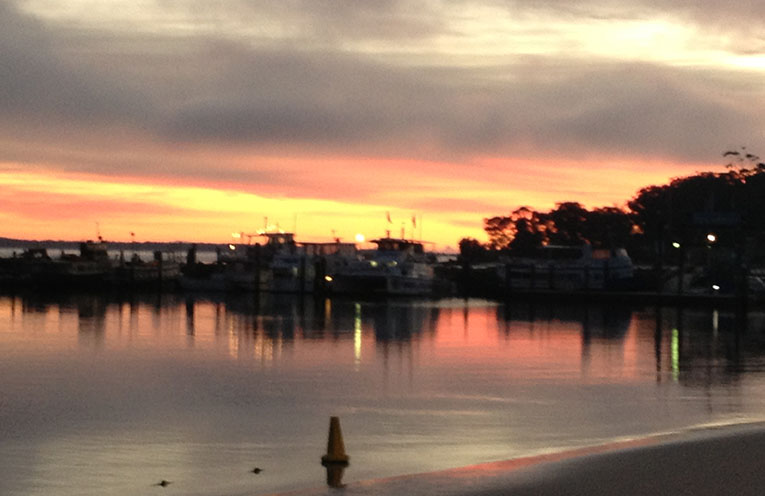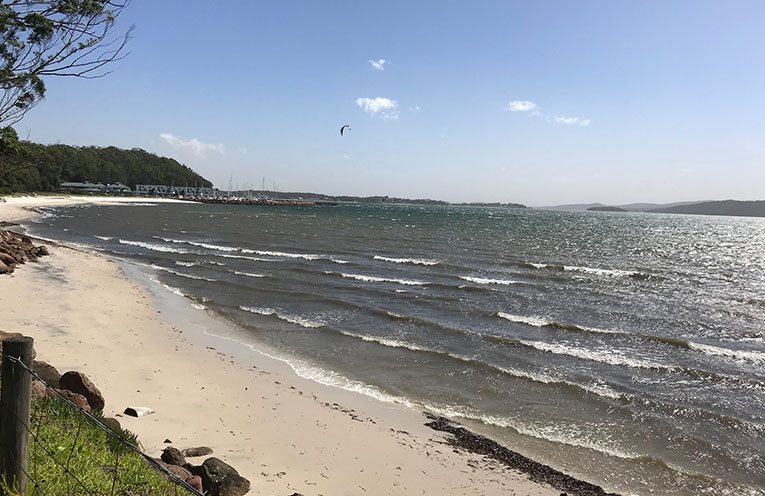
THE University of UNSW has conducted the first in-depth review specific to coastal drownings.
“We found that evaluation of coastal drowning prevention strategies is rare,” said William Koon, the lead author of the study and a PhD candidate in the School of Biological, Earth and Environmental Sciences.
“This means we simply don’t have enough data showing what works and what doesn’t work.”
 Advertise with News of The Area today.
Advertise with News of The Area today.It’s worth it for your business.
Message us.
Phone us – (02) 4981 8882.
Email us – media@newsofthearea.com.au
Mr Koon said the review’s findings are concerning as tens of thousands of Australian primary and secondary school students participate in beach or water safety programs from lifeguards and lifesavers every year.
“We need to assess if programs function as intended, and continually refine them to improve effectiveness.”
There is evidence that over the last 16 years we haven’t really seen any improvement in the number of coastal drownings each year in Australia, despite lots of ongoing school and public education programs.
The study found that existing drowning prevention strategies are largely un-evaluated.
There were 125 coastal drowning deaths in Australia last year.
All this in a week where a body was found on a Myall Coast beach.
Many studies recommended prevention measures, most frequently related to education, lifeguards and signage.
“Is that enough? Are these efforts working? How well? We don’t have enough data to answer these questions,” Mr Koon said.
He believes it is important to continue to refine school water safety programs.
“There are probably different lessons to be learned, such as messaging at different ages, whether that’s stopping to look for rips or putting on sunscreen, avoiding alcohol or avoiding jumping off rocks and cliffs.”
“Research on danger signs on beaches has already told us that people don’t really look at signs, and if they do, are not really influenced to change decisions or behaviour,” he said.
“We’re still in the stage where most programs are driven by expert opinion without much supporting data.”
Australia continues to lead the world in drowning prevention and water safety research.
With 26 pristine beaches in Port Stephens we have our fair share of beach rescues and sadly drownings, rivers are also high risk for drownings.
Councillor Glen Dunkley who is also a volunteer Surf Life Saver told News Of The Area, “This is interesting research, I’m convinced that some education work, in school programs and things like nippers and surfgroms.
“These programs give kids a core understanding of risks at the beach.
“They need to be fun and not seem like education so the kids are engaged.
“It’s different to when I grew up and there is a smarter approach through the fun engagement way of doing things.
“However no matter what; I’m a very strong advocate of education for people around the water,” he said.
By Marian SAMPSON

